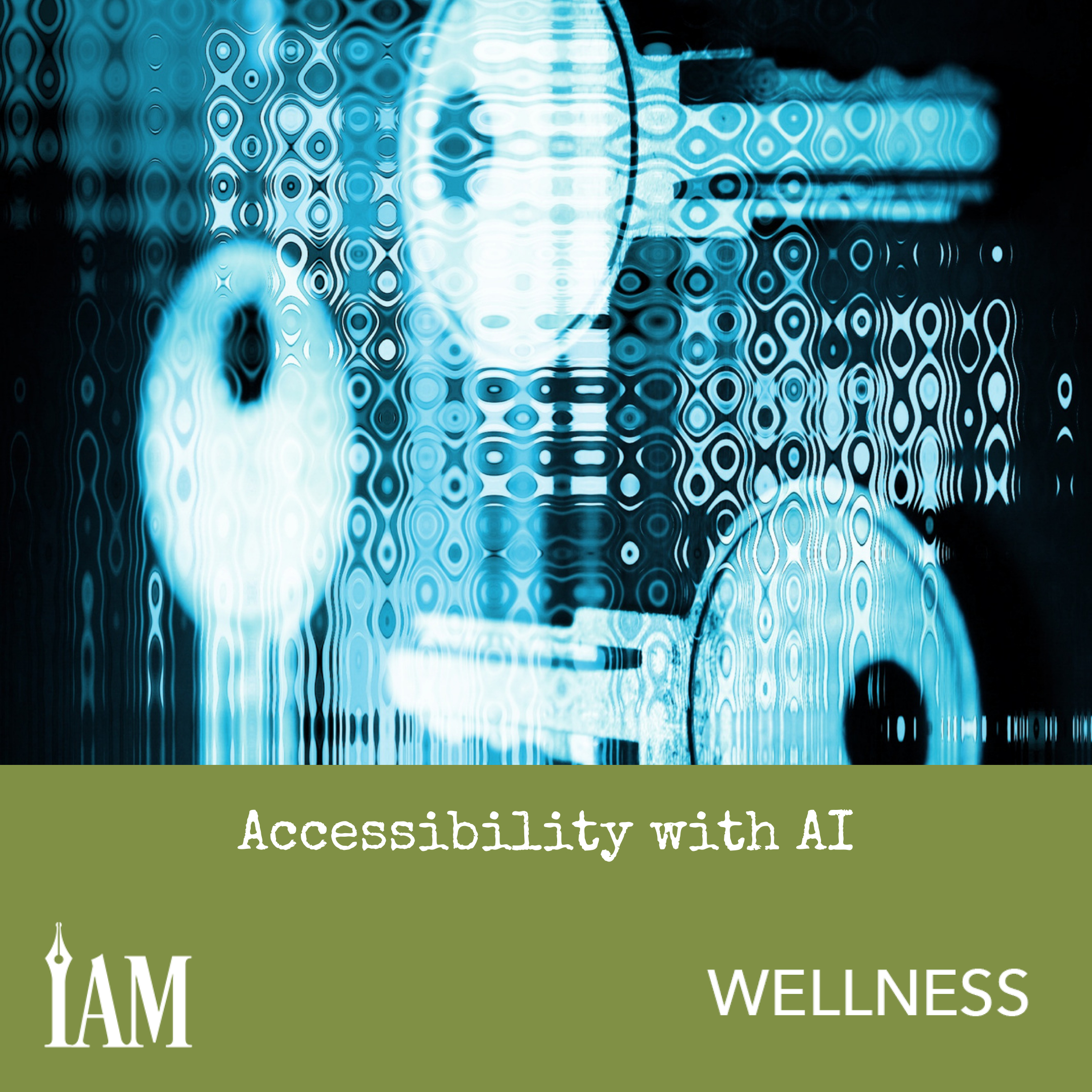Using Artificial Intelligence to Reach More Readers in Your Author Business
As technology advances, doors of opportunity open for authors and readers who previously struggled to gain access to tools that can make their lives easier. The implementation of AI, or artificial intelligence, may be opening such doors. As technology that can make business operations more accessible, AI can be beneficial to authors who have disabilities or other chronic conditions. When used properly, the programs can create pathways that may have previously been shut to author entrepreneurs—as well as their readers.
Here are a few AI-based programs that can help your business become more accessible to you and your readers.
Dictation software, which is based on AI that analyzes speech patterns to transcribe accurately, can be essential for authors who struggle or are unable to type to bring their books to the page. With dictation, authors can speak into a microphone, and AI will type out the words in a document file in real time. This is helpful for authors who need a typing aid, but it can also help able-bodied authors type faster, creating more words per hour of writing. Software like Dragon NaturallySpeaking is available for purchase, and some word processors, like Google Docs and Microsoft Word, also have dictation functions that are available to authors for free.
Automatic transcription services, also created with AI, offer a way for authors to connect with fans using video. Deaf or hard-of-hearing people may not understand what is being said on screen unless you’ve provided the information in a written format, such as captions or a written summary. Transcription is also important for a general audience, as a reader may wish to watch a video but be unable to turn on sound to watch it and need to do so quietly. Applications such as TikTok and YouTube have these services built in, but you can purchase software for other programs, such as Otter.ai, for greater accuracy or for use outside of social media.
On the other hand, AI-dictated audiobooks can be a successful way for authors to create audio for readers if they cannot invest in the production cost of hiring a narrator at the time. Visually impaired readers or readers who struggle with text can listen to audio narration instead, making a book more accessible for a wider audience of readers. As only a few platforms, such as Google Play and Apple, accept AI-generated audiobooks, royalties from AI-narrated audiobooks can be put aside so authors can save to hire a human narrator that can re-narrate the book later for distribution on a wider variety of platforms. You can visit the Google Play or Apple publishing platforms to learn more about generating AI-narrated books.
Another possibility is AI description. AI makes it possible for visually impaired, deaf, or otherwise disabled individuals to use social media through special programs on their phone. When posting images online, however, it’s the creator’s responsibility to make them accessible for all readers through the use of image descriptions and alt text, the written descriptions that appear in place of an image and are read aloud by screen reader applications. Image-to-text converters can come up with descriptions of the image that can be used as the image caption or in alt text boxes. Some of these converters can even come up with captions through audio. Software like this can be found at https://astica.org.
There are a variety of ways AI can make publishing more accessible for all. It’s important that authors consider not just the needs of their able-bodied readers but also their disabled fan base and their own needs as they continue to run their businesses. More accessibility means more expansion, and therefore, more success. It only requires the proper tools for growth.


